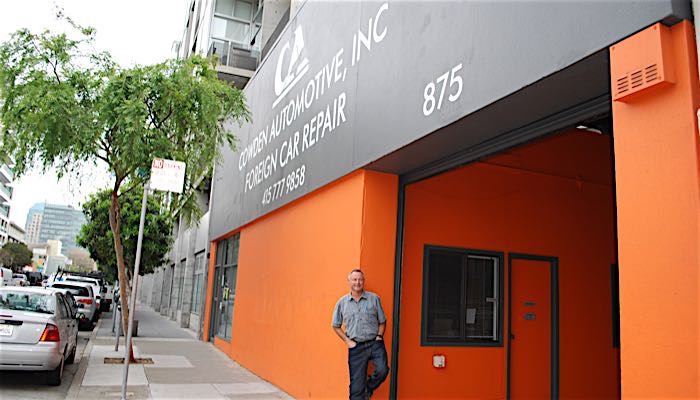The mix of vehicles on U.S. roads is moving more toward small to midsize vehicles and vehicles with premium/luxury amenities, according to Experian Automotive’s just-released analysis of its AutoCount Vehicles in Operation (VIO) data as of March 31, 2010.
"In comparison to the first quarter of 2009, the first quarter of 2010 saw consumers holding onto their smaller vehicles longer," said Marty Miller, senior product marketing manager for Experian Automotive’s AutoCount VIO. "At the same time, consumers are also keeping their luxury vehicles longer, especially small and mid-size luxury vehicles. Based on our findings, it’s clear that safety products, creature comforts and the latest technology are still high on the list of today’s vehicle purchaser."
The first quarter 2010 VIO analysis for vehicle segments also revealed:
• While full-sized pickups continue to dominate America’s roads, their volumes dropped 0.3 percent compared to last year in market share and 2.9 percent in volume.
• Mid-range crossover vehicles (CUVs) grew 14.5 percent in volume share with a market share growth of 0.27 percent. The largest volume growth in the VIO market was in the upscale luxury segment.
• SUVs, minivans and small pickups had the largest drop in volume, while traditional cars experienced the largest market share decline.
• Compared to first quarter 2009, hybrid vehicles grew 18.5 percent in volume share; however, this only equates to a growth of one-tenth of one percent in the overall market.
• More evidence that consumers are choosing to keep smaller vehicles longer or have recently purchased those size vehicles is seen in the growth of 4-cylinder vehicles (1.9 percent over first quarter 2009) and the decline of 6-cylinder (1.2 percent) and 8-cylinder (0.1 percent) vehicles.
"What this means for the aftermarket is that today’s manufacturer, retailer and distributor must understand the changing vehicle mix to better anticipate fluctuations in what types of vehicles need to be serviced and what types of vehicles consumers are keeping longer," Miller noted.
Another key finding in the latest Experian AutoCount VIO data shows that the "Detroit 3" manufacturers (General Motors, Ford and Chrysler) have dropped in market share compared to first quarter 2009, while all other top manufacturers grew except Mazda. Toyota had the largest growth volume, followed by Honda with Hyundai closely behind. Hyundai grew 9.3 percent while Ford dropped 6 percent.
"While the combined volumes of GM, Ford and Chrysler represent 62.2 percent of VIO today, the number of total vehicles on the road from these manufacturers slipped over the last year from 64.5 percent in the first quarter of 2009," Miller said. "Those in the aftermarket should take note of the growing presence of Hyundai and other manufacturers in their forecasting and planning."
Other key findings in Experian’s just released AutoCount VIO analysis for the first quarter of 2010 reveal:
• The average age of light duty vehicles grew dramatically (8.3 percent) over the last year from 9.6 years in Q1 2009 to 10.4 years in Q1 2010. Average age is one key factor in determining aftermarket growth, indicating a positive sign for aftermarket manufacturers and retailers.
• Compared to first quarter 2009, light trucks and passenger cars both experienced drops in overall volume (cars by 0.5 percent; light trucks by 0.1 percent). Passenger cars regained the edge in total vehicles on the roads in the first quarter – 50.1 percent to 49.9 percent.
• Front-wheel drive (FWD) vehicles continue to dominate on America’s roads with nearly half of all vehicles using that drive type. Compared to Q1-2009, four-wheel drive (4WD), all-wheel drive (AWD) and rear-wheel drive (RWD) have grown in volume (4WD by 14.2 percent, AWD by 10.3 percent, RWD by 5.4 percent), while FWD vehicles have remained fairly stable.
Experian’s AutoCount Vehicles in Operation provides timely visibility to what cars and trucks are on the road in a local market, helping aftermarket retailers better serve their customers by stocking the right parts. The data is updated within six weeks of the end of each quarter, ensuring that aftermarket organizations have the most timely and comprehensive information available to help better manage inventory levels, efficiently plan for new vehicle introductions, adjust for technology changes, and better assess locations for retail stores and service bays.
For more information on Experian’s AutoCount Vehicles in Operation and other products and services, visit the Experian AutoCount website.

